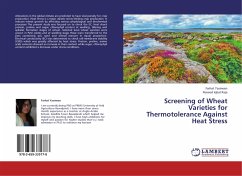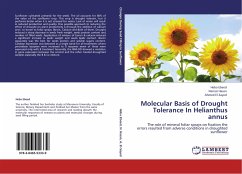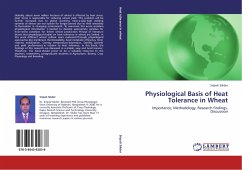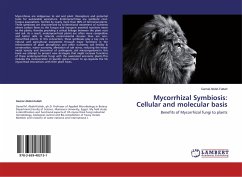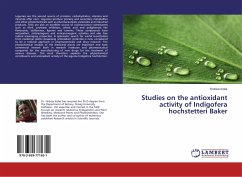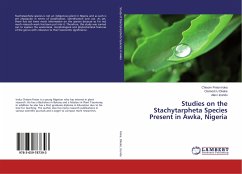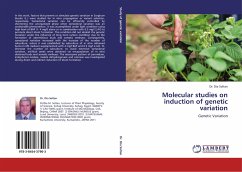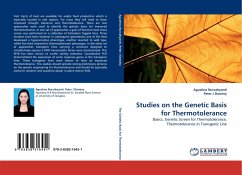
Studies on the Genetic Basis for Thermotolerance
Basics, Genetic Screen for Thermotolerance, Thermotolerance in Transgenic Line
Versandkostenfrei!
Versandfertig in 6-10 Tagen
39,99 €
inkl. MwSt.

PAYBACK Punkte
20 °P sammeln!
Vast tracts of land are available for arable food production which is especially located in arid regions. For crops they will need to show improved drought tolerance and thermotolerance. There are two approaches were used to identify the genetic basis for improved thermotolerance. In one set of approaches a gain-of-function heat stress screen was performed on a collection of Activation Tagged lines. Three mutants have been isolated; in subsequent generations one of the lines developed a hypersensitive phenotype, another reverted to wild type, whilst the third retained its thermotolererant phen...
Vast tracts of land are available for arable food production which is especially located in arid regions. For crops they will need to show improved drought tolerance and thermotolerance. There are two approaches were used to identify the genetic basis for improved thermotolerance. In one set of approaches a gain-of-function heat stress screen was performed on a collection of Activation Tagged lines. Three mutants have been isolated; in subsequent generations one of the lines developed a hypersensitive phenotype, another reverted to wild type, whilst the third retained its thermotolererant phenotype. In the other set of approaches transgenic lines carrying a construct designed to constitutively express a MYB transcription factor were characterized. This MYB has been shown to confer salinity tolerance. Quantitative PCR demonstrated the expression of some response genes in the transgenic lines. These transgenic lines were shown to have an improved thermotolerance. This studies should provide strong preliminary pictures on the genetic engineering for thermotolerance and should be especially useful to research and academic player in plant science field.



